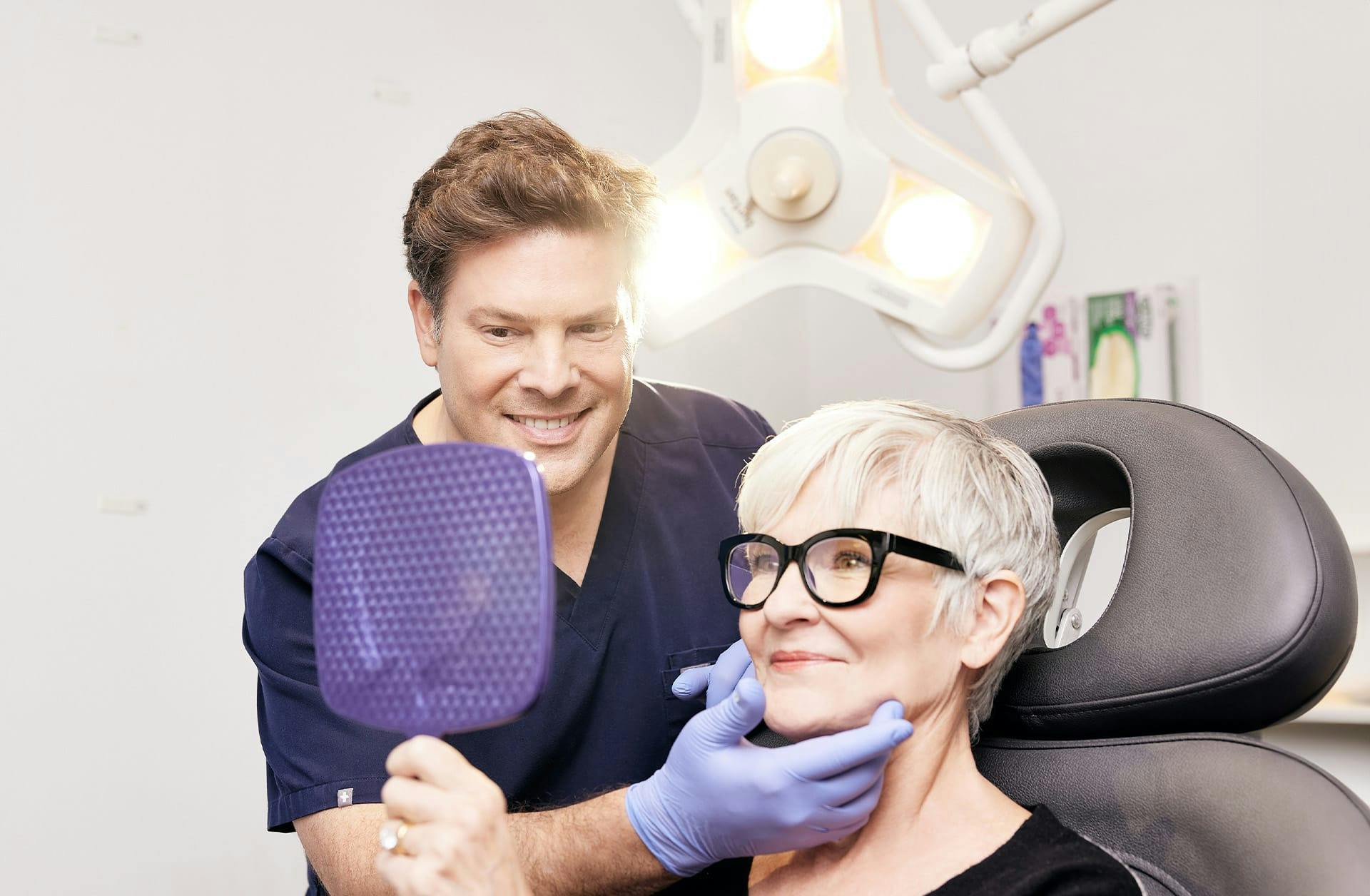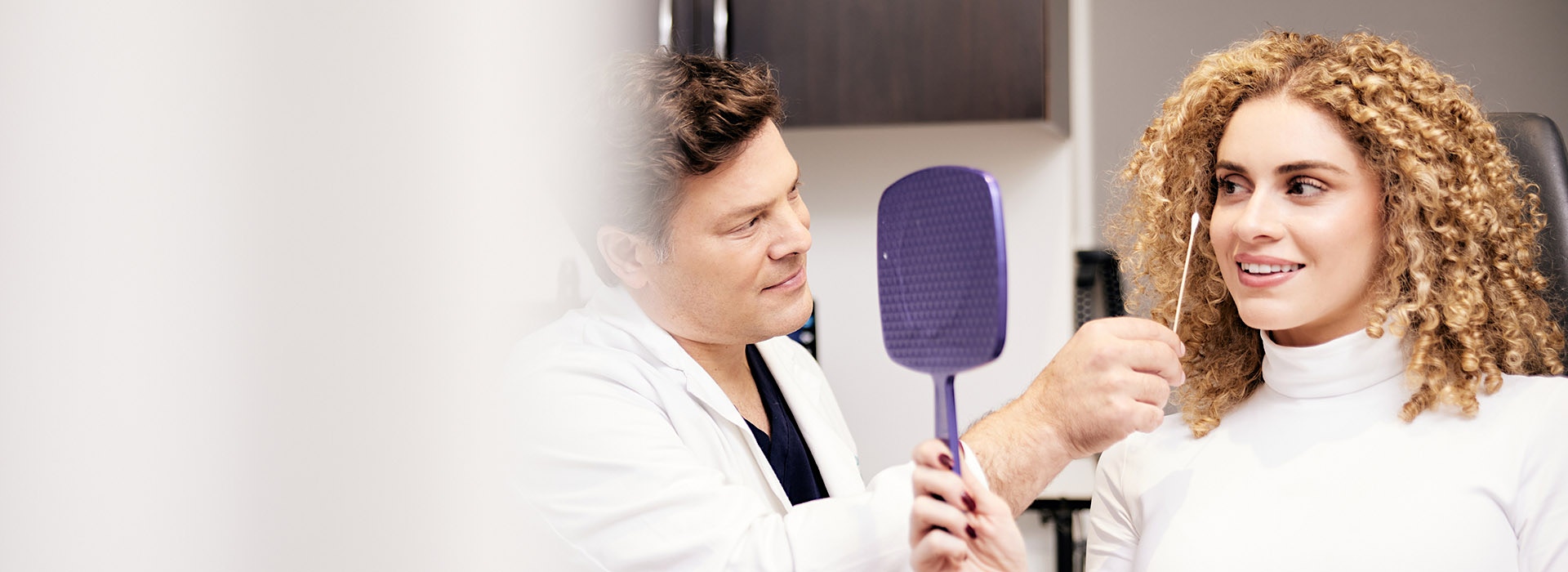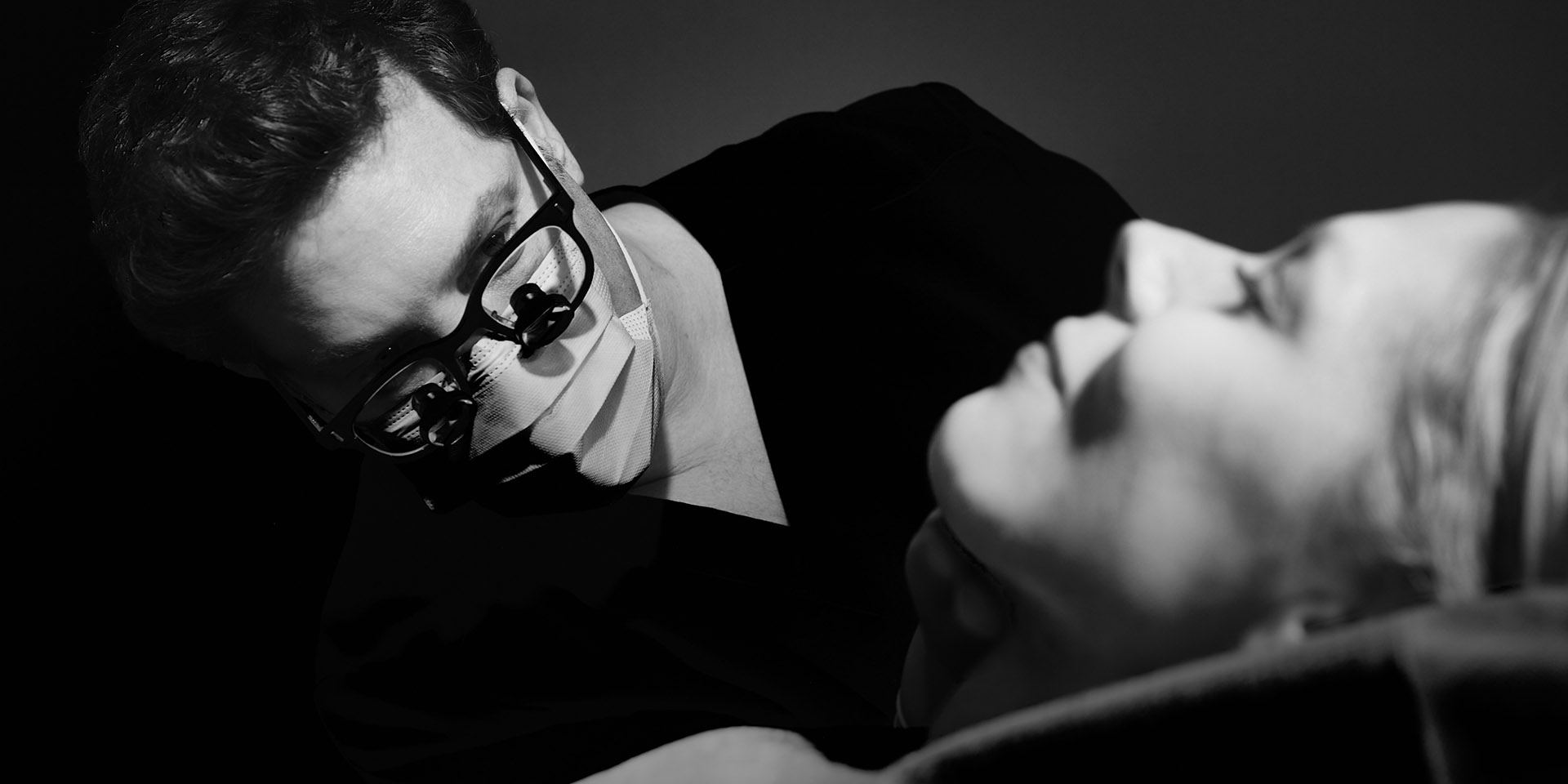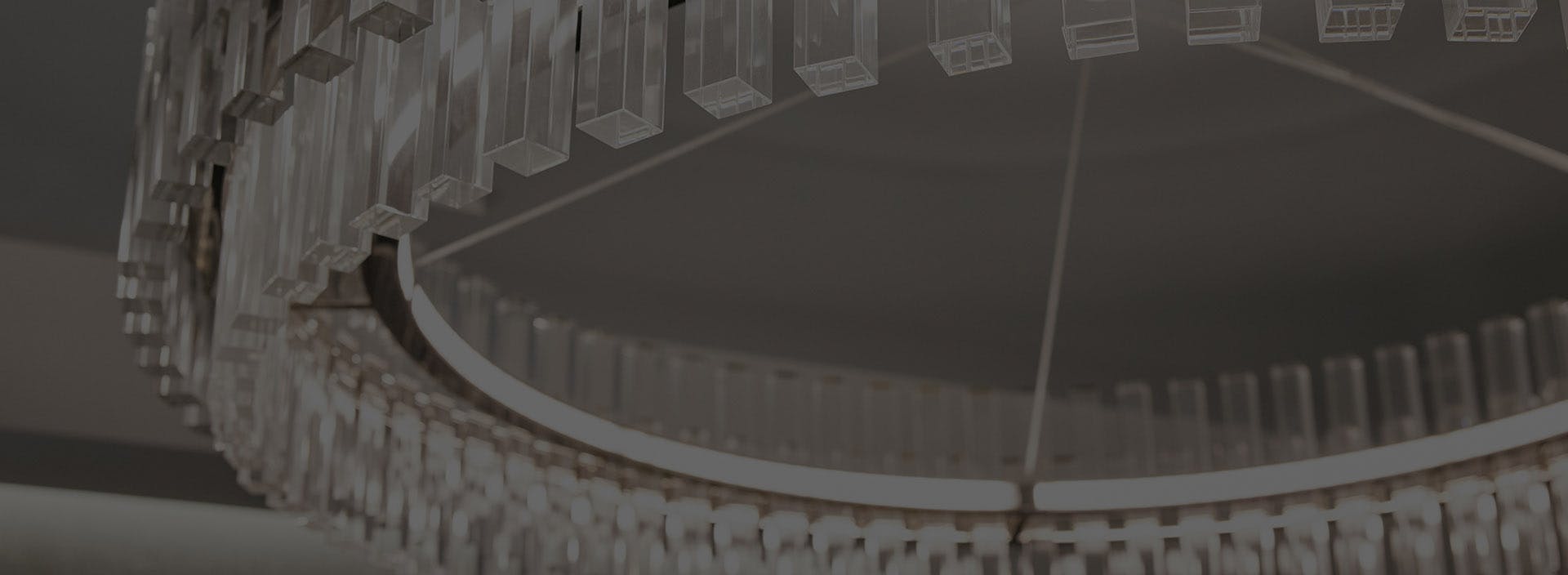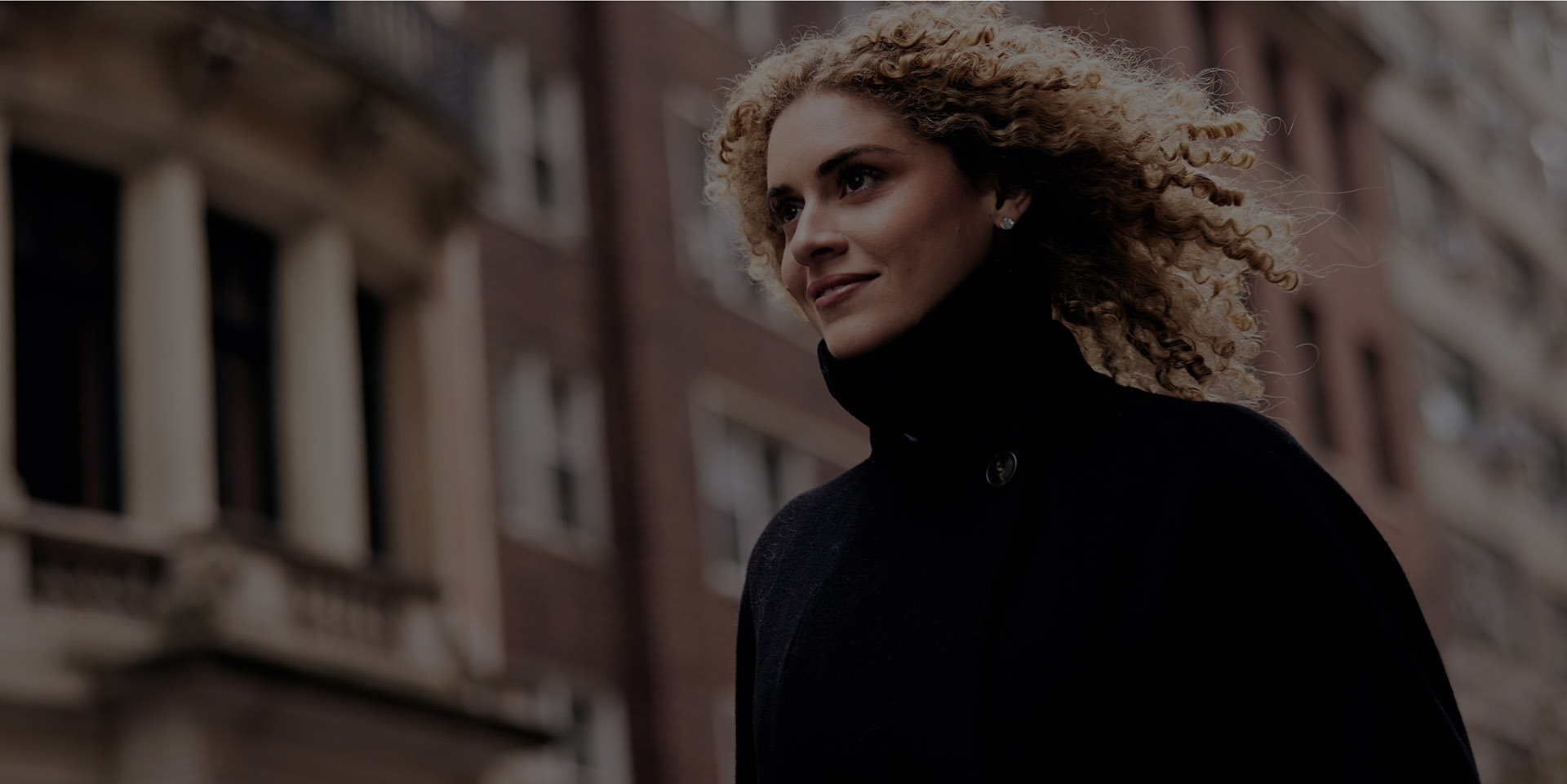Many patients who undergo Mohs are concerned about post-surgical damage and scarring after skin cancer removal. Losing facial tissue can be troubling or frightening for patients with skin cancer. Dr. Westreich specializes in Mohs reconstruction in NYC, providing expertise and excellent outcomes for patients.
What Happens During Mohs Surgery?
Skin cancer is first removed by a dermatologic surgeon using Mohs Micrographic Surgery, the most advanced and effective treatment procedure for skin cancer available today. This technique allows maximum preservation of normal surrounding tissues by using real-time microscopic evaluation of the removed cancer. Cure rates with this technique can be close to 99%.
During Mohs, the entire malignant lesion can be precisely identified and carefully removed, layer by layer, leaving the surrounding healthy tissue intact. As the damaged skin layers are removed, each tissue layer is examined under a microscope for signs of cancer, allowing the area to be mapped accurately and precisely. When cancer cells are identified, the next layer of tissue is removed. Once a cancer-free sample is reached, the procedure is complete. This layer-by-layer removal of cells helps ensure that the healthy tissue surrounding the cancerous lesion is untouched and scarring is minimized.
This layer-by-layer removal of cells helps ensure that the healthy tissue surrounding the cancerous lesion is untouched and scarring is minimized. This advanced surgical technique requires more time than traditional surgery in some cases due to the added time for tissue examination. You can predict several hours for the procedure to be completed. Once the cancer is fully removed, the next step is Mohs reconstruction.
